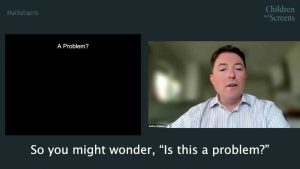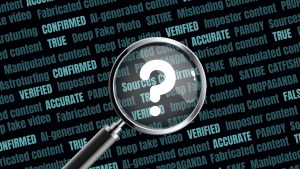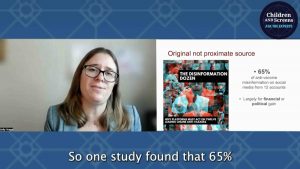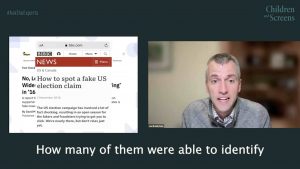
Andrew Shtulman, PhD (Professor of Psychology, Occidental College) discusses the prevalence of children misjudging real news as fake in the #AskTheExperts webinar “Unreal: Online Misinformation, Deep Fakes, and Youth” on November 19, 2024.
Read The Video Transcript
[Dr. Andrew Shtulman] So when it comes to judging fake news, children are actually pretty good at realizing that fake news is false. 67% of the time, even before training, they judge fake news as false, and that number increases to 76% after training. But the catch is that they’re also judging real news as false. So only 35% of the time do children judge the real news as true before the training, and that number drops to 24% after the training. So our trainings are making children more skeptical but not more accurate. So their overall accuracy across the two types of news is 51% prior to training, and it stays around that number after training. So you might wonder, “Is this a problem?” We think it is because few children are actually differentiating the two types of news, which implies that their judgments are rather shallow. So if children are making shallow judgments, this is a problem because these judgments are probably easily overridden in real-world contexts by social cues, like how often the story is liked, how often it’s shared, whether it’s been shared by a trusted informant like a family member or a friend.
View The Full Webinar

Unreal: Online Misinformation, Deep Fakes, and Youth
How can parents, caregivers, and educators help children think critically and develop skills to navigate misinformation and deep fakes in their digital lives?
Diana Graber
Author, "Raising Humans in a Digital World,"; Founder, Cyber Civics and Cyberwise
Imran Ahmed
Founder and CEO, Center for Countering Digital Hate
Joel Breakstone, PhD
Executive Director, Digital Inquiry Group
Andrew Shtulman, PhD
Professor of Psychology, Occidental College
Rakoen Maertens, PhD
Juliana Cuyler Matthews Junior Research Fellow in Psychology, New College, University of Oxford




